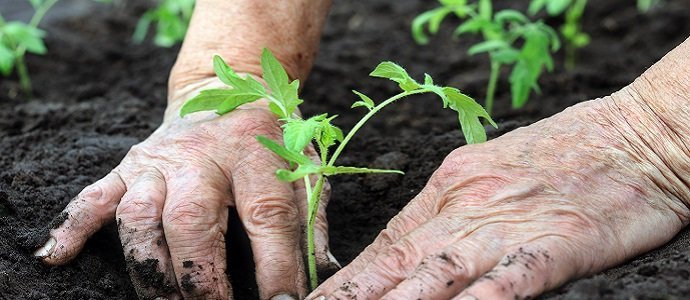Neither SoCalGas, which owns the Aliso Canyon facility, the Los Angeles County Department of Public Health, nor any other government agency has provided a concrete explanation for these continued symptoms. In fact, one of Los Angeles County’s top medical officials recently told local physicians to refrain from performing tests to determine what is causing the symptoms. Late last week, preliminary lab tests from an independent UCLA study found evidence of benzene, a carcinogen, in at least two Porter Ranch homes. Benzene was reported to have been released in the 100 metric tons of methane that spewed into the Los Angeles basin for four months — a fact SoCalGas previously attempted to downplay and withhold.
On March 4, Los Angeles City Councilmember Mitchell Englander issued a press release reporting the Department of Public Health had received at least 150 complaints of reemerging symptoms, including nosebleeds, dizziness headaches, nausea, and skin rashes. Now, the Health Department says it has received 300 complaints since residents began moving home after SoCalGas told them it was safe to do so.
Many residents have said the rashes, which can be extensive, are new and did not occur during the initial, months-long gas leak from October to February. During that time, thousands of families were evacuated and the Department of Public Health received 700 health complaints.
…click on the above link to read the rest of the article…
















